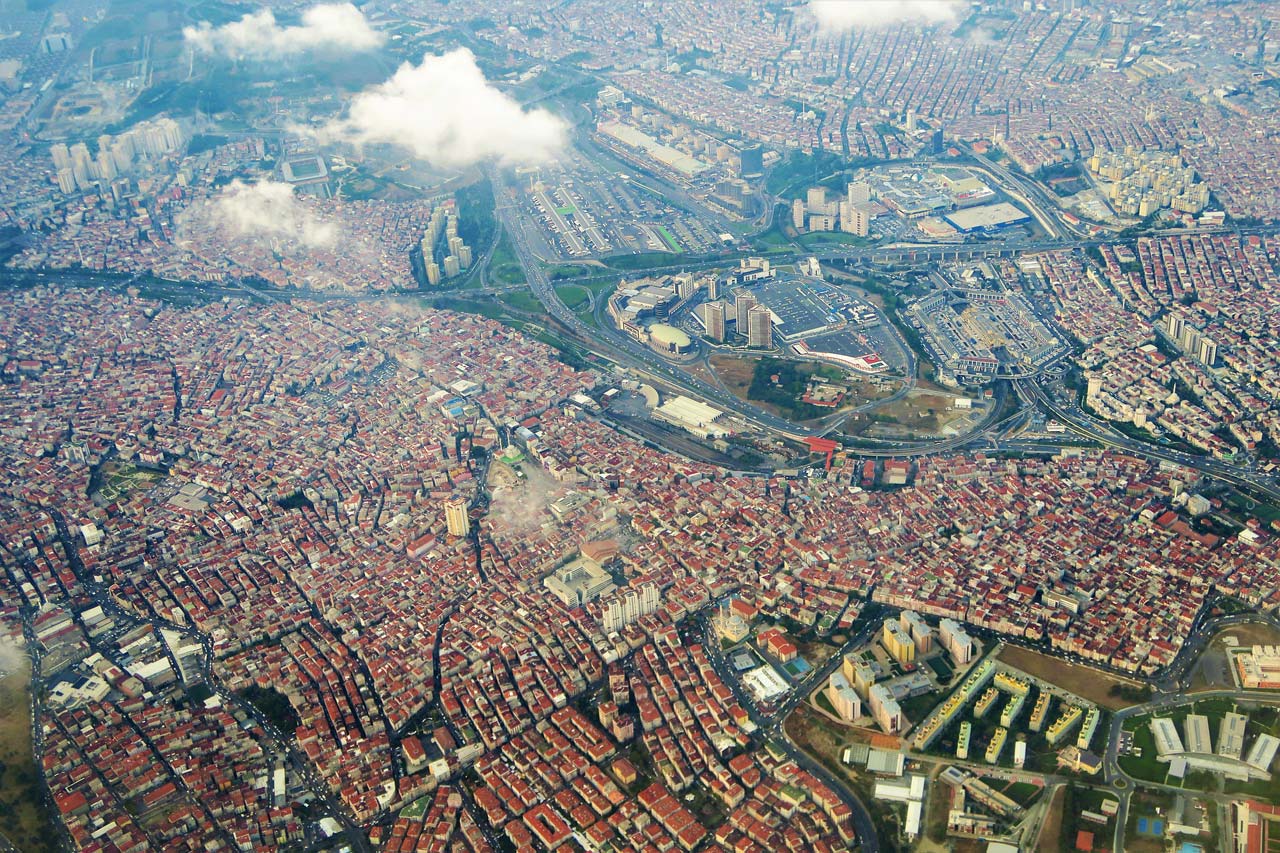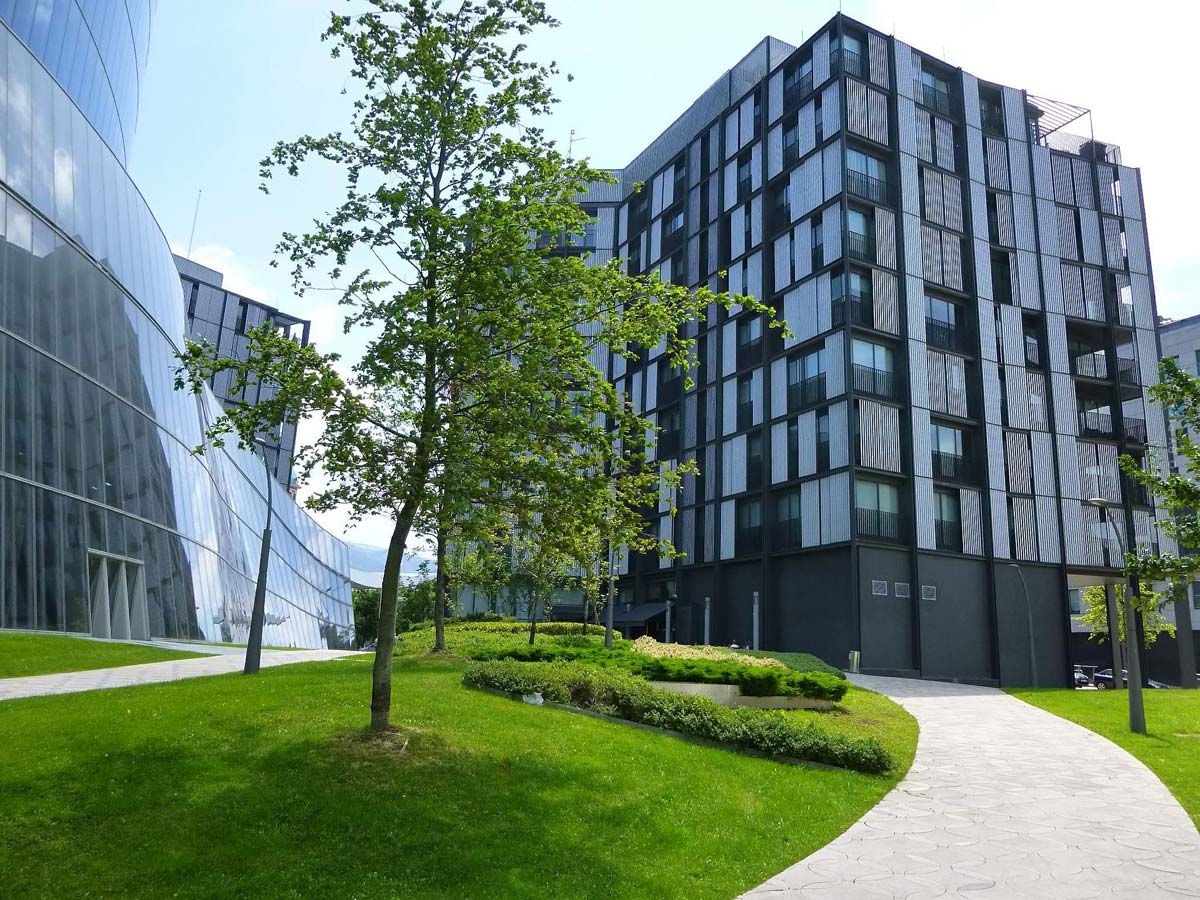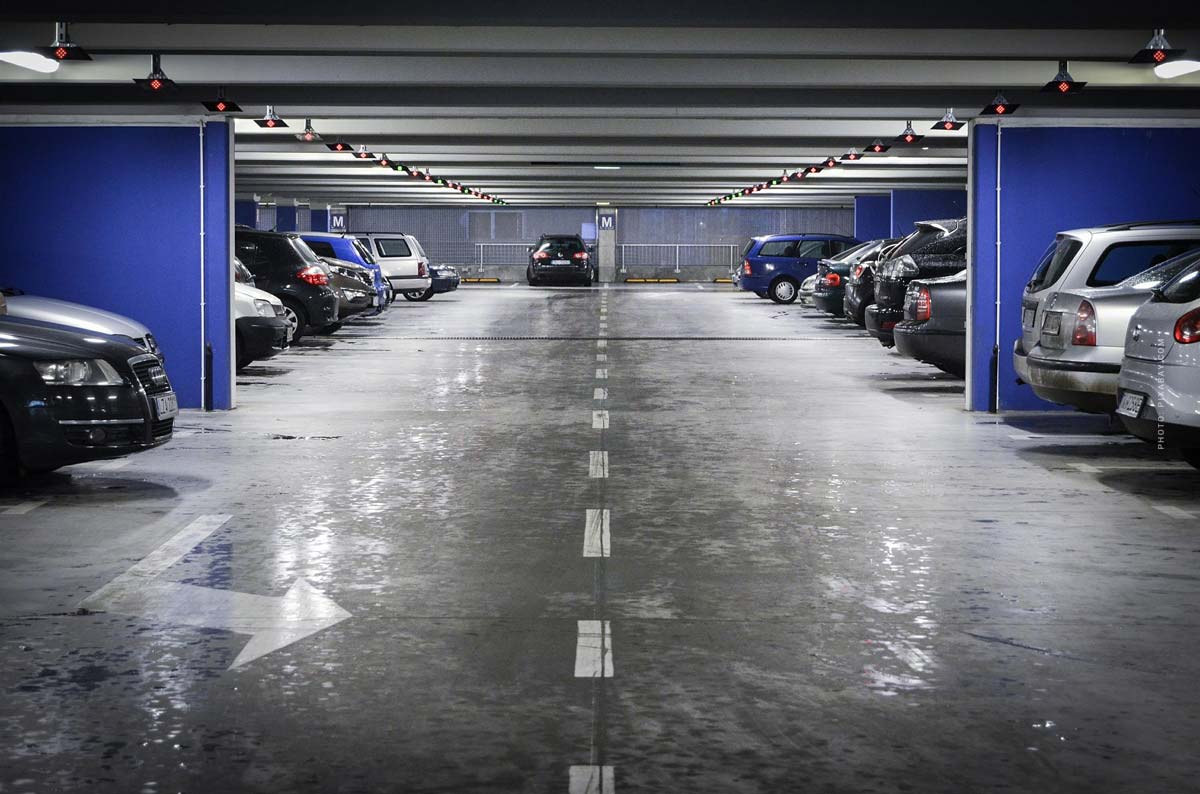Macro, meso, micro layer: explanation, definition & difference
Macro, meso, micro location – So you want to invest in a property and are aware of your goals? Whether real estate for personal use, as investment or yield real estate – the location is always decisive. Do you now know in which city you will move, it also depends on the neighborhood, as well as the immediate surroundings of your property. So you have decided on an A, B or C location? Then let’s now look at macro,meso and micro location analysis. You can find out why this is so important and how these location types differ here.
Macro, Meso & Micro: Definition
In addition to a distinction between A-, B- and C-location, the second step in determining the location is to distinguish between macro, meso and micro location. Thus, the macro location defines the city of the object, the meso location refers to the neighborhood and the micro location to the immediate surroundings. So, to describe the meso and micro location of an object, we must first define the macro location.
Here is the overview:
- Macro position (Where in Germany)
- Meso location (Which district)
- Micro-location (Exact location)
Let’s take a closer look at the different types of layers.
Macro location: A, B & C location
The macro location depends on your personal goal and individual strategy. Do you want to invest in a property as a capital investment? Is this a return or investment property? For investment properties, we always recommend A-locations, i.e. metropolitan areas such as Berlin, Hamburg and Munich. In the case of yield properties, it is best to look around in good B and C locations, as the rental yield is high here compared to the purchase price. Of course, your individual preferences are also in the foreground.
The different macro-locations summarized:
- A-location (metropolis)
- B-location (large city / city with positive development)
- C-location (small town / city with stagnant development)
So the macro location is about the question: Where in Germany is the property located?

Meso-location: infrastructure, connectivity & co.
So you have now decided on a city or place? Very good! Then we must now answer the question:
Which part of town do you want to go to?
Large cities in particular offer a large number of attractive districts, all of which differ in their character and charm. How well is the district connected? Is it easy to reach by public transportation? Is the neighborhood safe? Are the commutes to school and/or work long? So think about your living situation, future plans and needs in advance.
So here’s what you should definitely keep in mind when it comes to the meso layer:
- Infrastructure
- Security
- Proximity to work & school
- Connection to the other districts
- Environmental influences
Foremost in the meso location: In which district / neighborhood is the property located?

Micro-location: guaranteed feel-good factor
Finally, the last step is to determine the micro-location. This is about the immediate surroundings of your property. Is it located directly on the street or near railroad tracks? Is it quiet, especially at night, or does the street noise rob you of sleep? Where is the nearest shopping market? As soon as you step out of your front door, do you feel comfortable and safe?
This and more is the focus of the micro-location evaluation:
- Noise level
- Parking facilities
- Shopping facilities
- Cleanliness
The micro location of the house:

Conclusion: Personal preference & objective decides
So before you start looking for real estate, think about the criteria that are important to you. Look at different neighborhoods and also the street in which the property is located. After all, you should feel comfortable and safe here and not suffer a loss of value in the event of resale.
If you want to learn even more about macro, meso and micro location, check out my new site for buyers, Immobilien-Erfahrung.de:
- Macro, meso, micro situation explained – (external)











